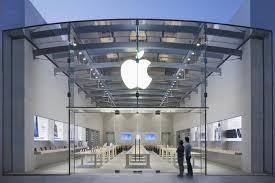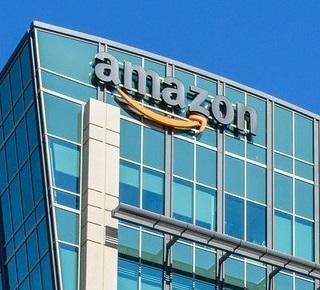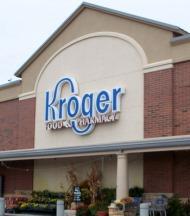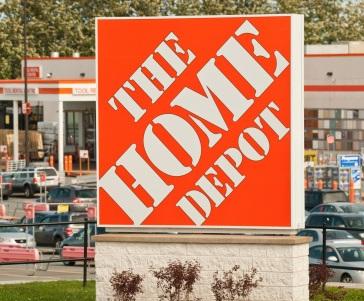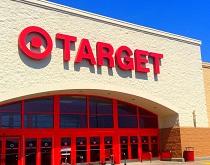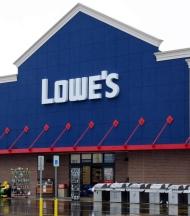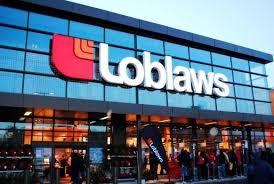Top 100 Retailers
Size matters. At least when comparing the success of retail’s elite. A healthy revenue stream is often the difference between building an innovative, leading-edge organization and having to cut corners to survive and fading into obscurity.
Superior economic might allows for continued investment in the keys to retail victory, including IT infrastructure, stores, supply chain, digital solutions, and much more. The retailers named to this ranking are setting the pace of innovation today and positioning themselves for continued prosperity tomorrow.
For RIS’ first-ever, top-100 retailer list, we examined the industry’s top players and ranked them according to the percentage of the total global retail market they capture.
Our research partner, Gary A. Williams, CEO, wRatings examined more than 300 publicly traded global retailers and calculated their share of the retail market they capture. For this ranking, the retail market is the sum of the revenue for all the retailers examined, valued at around $3 trillion. The resulting list is a who’s who of the global retail marketplace ranked on their economic prowess.
The full listing of 100 retailers can he viewed here. Below is an in-depth analysis of
the top 10 finishers.
#1 Walmart
It is no surprise that Walmart tops the list. It is after all the largest retailer in the world. However, a deeper analysis of the numbers reveals just how out in front of the competition the behemoth from Bentonville really is. With over $500 billion in revenue, Walmart dwarfs the rest of the industry — more than doubling second-place finisher Apple’s impressive $247 billion in sales. Walmart controls nearly 17% of the entire retail market, and completely dominates when compared apples-to-apples to its peers. Walmart claims more than half (52%) of all the money spent in the department store segment. Revenue is clearly important, but the name of the game in any business is profit, and Walmart is crushing it here as well (although by a much closer margin) with $126 billion in the black.
#2 Apple
While Apple would have to double its sales to get within striking distance of first-place finisher Walmart, the story is a little different when we look at it from a pure profitability standpoint. Apple produced $98 billion in profit, which is an impressive 39% of its total revenue. In comparison, Walmart’s $126 billion in profit was 24% of its total revenue. Apple captures a little more than 8% of the total retail market, selling its computers, smartphones, watches, software
and cloud services to an insanely loyal customer base that craves the latest incarnation of its iconic designs. When compared to the other retailers in the hardlines category Apple takes the overall crown, claiming 55% of all the sales in the segment.
#3 Amazon
If Walmart is the reigning heavyweight champion, then Amazon is the number-one contender thirsting for the belt. The 24-year-old retailer is growing by the day, increasing sales by around 30% every year, closing the gap on its biggest rival. Over the past 12 months, Amazon has racked up $193 billion in sales, good for more than 6% of the total market. One of the biggest knocks on the online powerhouse has always been that it values increasing sales above all else, sacrificing short-term profitability for long-term sustainability. No longer. Its $77 billion in profit is the third highest observed in this ranking, and $43 billion more than the next highest
finisher, Home Depot.
#4 Costco
Costco racked up $135 billion in sales this past year, good for 4.5% of the total retail market. The retailer claimed such a large portion of consumer dollars thanks to its commitment to providing its members with hyper-competitive pricing, a commitment that cuts into profits, but builds long-term loyalty. While its gross profit of $17 billion is good for a top-10 finish in the category, it is only around 12% of total sales. Costco puts low-prices and customer satisfaction above all else — evidenced by it $1.50 hot dog and soda combo at its popular food court, whose pricing has not changed in more than 30 years. Among the department store segment, Costco claims 14% of the available market. But when viewed as a grocer its market share is closer to 40%.
#5 Kroger
Kroger is the nation’s largest supermarket chain and the only U.S.-based grocer to crack the top 10. It controls a commanding 38% of the grocery market, and a little more than 4% of the overall retail marketplace. Its $123 billion in sales is more than double its closest rival for supermarket supremacy, Canada’s George Weston. While its $27 billion in profit is good for fifth overall, the grocer continues to reinvest its earnings on segment-leading analytics capabilities and supply chain infrastructure.Following in the Amazon fulfillment model, Kroger recently launched its own delivery service, bringing orders to its customer’s doorstep free of charge on baskets over $35.
#6 Home Depot
With $101 billion in revenue, the home improvement powerhouse finished in sixth place among the more than 300 companies examined in this ranking. Despite the large brick-and-mortar footprint befitting a hardware and building supplies retailer, Home Depot is quite profitable. It pulled in more than $34 billion after expenses, good for 33% profitability. When do-it-your-selfers and professional builders need supplies, they turn to Home Depot. Thanks to massive improvements to the retailer’s technology array both in-store and out, they can find what they need seamlessly and have it waiting for them when they arrive at the store or get it quickly shipped to their home or job site. Its ongoing investment in digital shopping, mobility and seamless check out helped earn the massive chain more than 49% of the retail building-supply market.
#7 Target
Of Target’s $72 billion in revenue, 27% or $20 billion drops to the bottom line. However, the massive big box retailer is not pocketing its profits — it is aggressively reinvesting them in future success. The retailer is in the midst of a massive store remodel that will see 1,000 of its stores redesigned and updated by 2020. No two stores will be exactly alike, as Target is redesigning the tech-filled facilities to meet the wants and needs of local consumers. The retailer lays claim to 2.4% of the total retail market, and a significant 7.5% of the hotly contested department store segment.
#8 Lowe’s
Lowe’s is just two positions behind long-time rival Home Depot. The home improvement juggernauts have near identical profitability — both retailers can claim that 33% of its top line sales make their way to the bottom line. Although, the retailers have a similar operational structure, at least in terms of profit and loss, Lowe’s trails Home Depot in all measurable financial metrics. Lowe’s earned $69 billion in sales over the past 12 months, good for 2.3% of the total retail landscape. In the building supplies segment Lowe’s is a massive force, capturing more than 33% of all the money spent, but still significantly behind Home Depot’s 49%.
#9 JD.com
Similar to Amazon in the U.S., JD.com prides itself on having a user-friendly website, cutting-edge mobile applications, and a wide array of merchandising options offered at competitive pricing. While Amazon is way out in front of JD.com on the revenue front, the Chinese e-commerce giant bests its American rival in supply chain efficiency and fulfillment prowess (no easy feat). JD has built its own nationwide fulfillment infrastructure and last-mile delivery network. The entire network is staffed by JD employees, and supports its direct to consumer sales as well as its third-party marketplace business. The retailer’s $60 billion in sales is good for 10% of the Internet segment.
#10 George Weston (Loblaw)
The 136-year-old Canadian food and drug retailer operates over 2,300 stores under a family of retail banners that includes Canada’s largest retailer Loblaws. In addition to its massive retail presence, the company also owns and operates Weston Foods, one of Canada’s largest commercial bakers. The division produces a wide selection of fresh and frozen products for the North American market. Through its various retail and manufacturing holdings George Weston’s $48 billion in revenue captures 1.62% of the total retail market and nearly 15% of
the global grocery segment.
Methodology
Research partner Gary A. Williams, CEO, wRatings, examined the financial metrics of 319 publicly traded retailers.The economic data is from a 12-month period ending on June 30, 2018. The percent of retail market share was calculated against a total retail market of around $3 trillion. The research ranked retailers across the specialty, department store, grocery and e-commerce segments.





